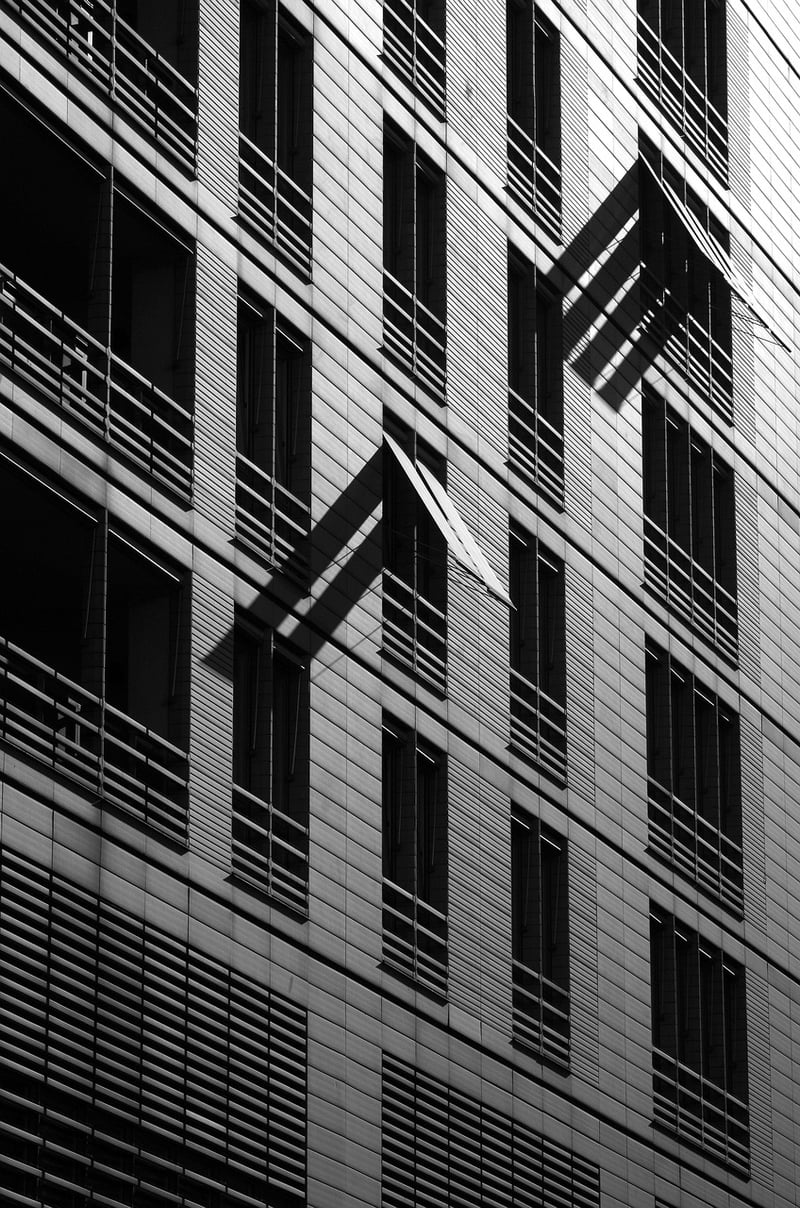Bioclimatic Architecture
Enhance Buildings with Vertical Greenery + Bioclimatic Architecture
Welcome to the world of innovative architecture where nature meets design! In this article, we delve into the fascinating realm of enhancing buildings with vertical greenery and bioclimatic architecture.
Vertical Greenery
Vertical greenery, also known as green walls or living walls, involves covering vertical surfaces of buildings with vegetation. Not only does this add a visually stunning element to urban landscapes, but it also offers a range of benefits such as:
- Improved air quality
- Reduced heat absorption
- Enhanced insulation
- Biodiversity support
Green walls can vary from simple trellises with climbing plants to intricate systems with integrated irrigation and automated maintenance.

Bioclimatic Architecture
Bioclimatic architecture focuses on designing buildings that respond to local climate conditions, aiming to achieve thermal comfort while minimizing energy consumption. Key principles of bioclimatic architecture include:
- Passive solar design
- Natural ventilation
- Thermal mass utilization
- Shading strategies
By integrating these principles into architectural design, buildings can reduce their environmental impact and improve occupant well-being.

Conclusion
Combining vertical greenery with bioclimatic architecture offers a holistic approach to sustainable and aesthetically pleasing building design. Whether it's reducing carbon footprint, enhancing urban biodiversity, or creating healthier indoor environments, these techniques pave the way for a greener future in architecture.
Embrace the fusion of nature and technology in architecture for a more sustainable tomorrow!
